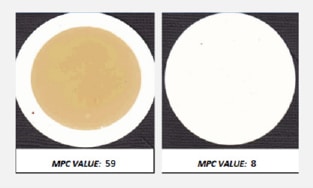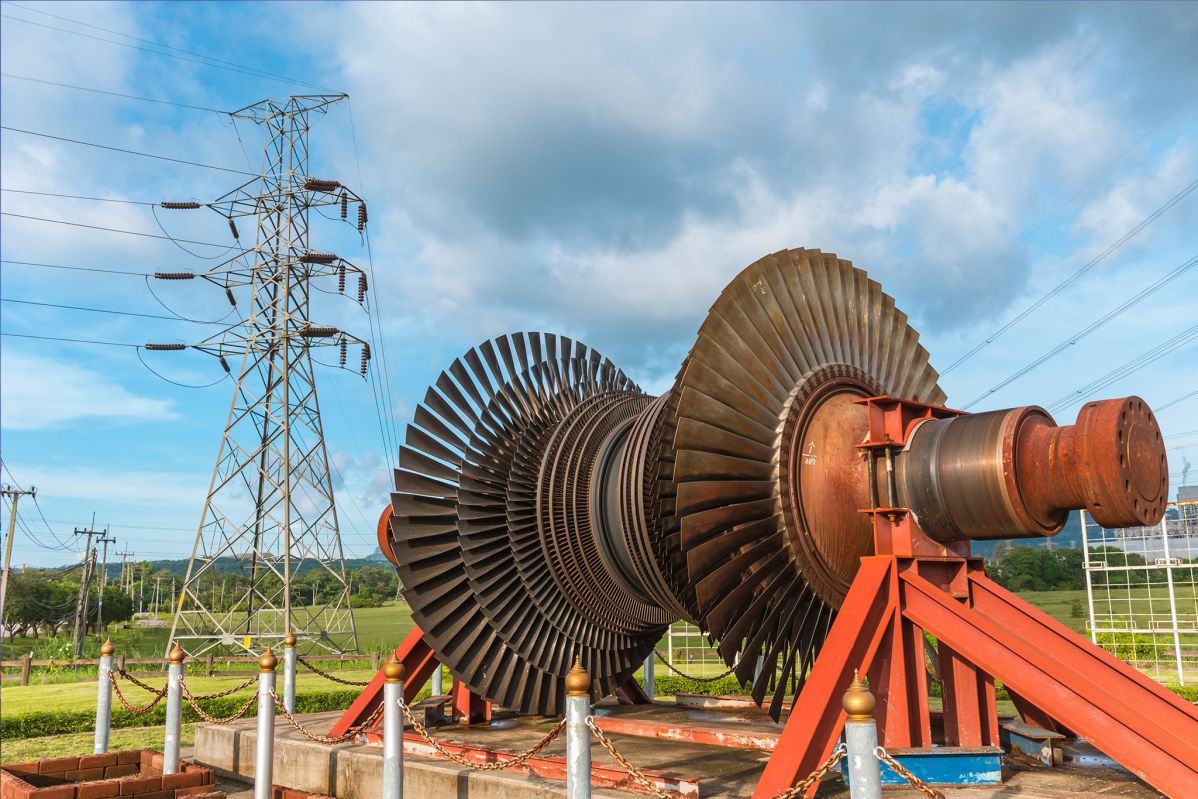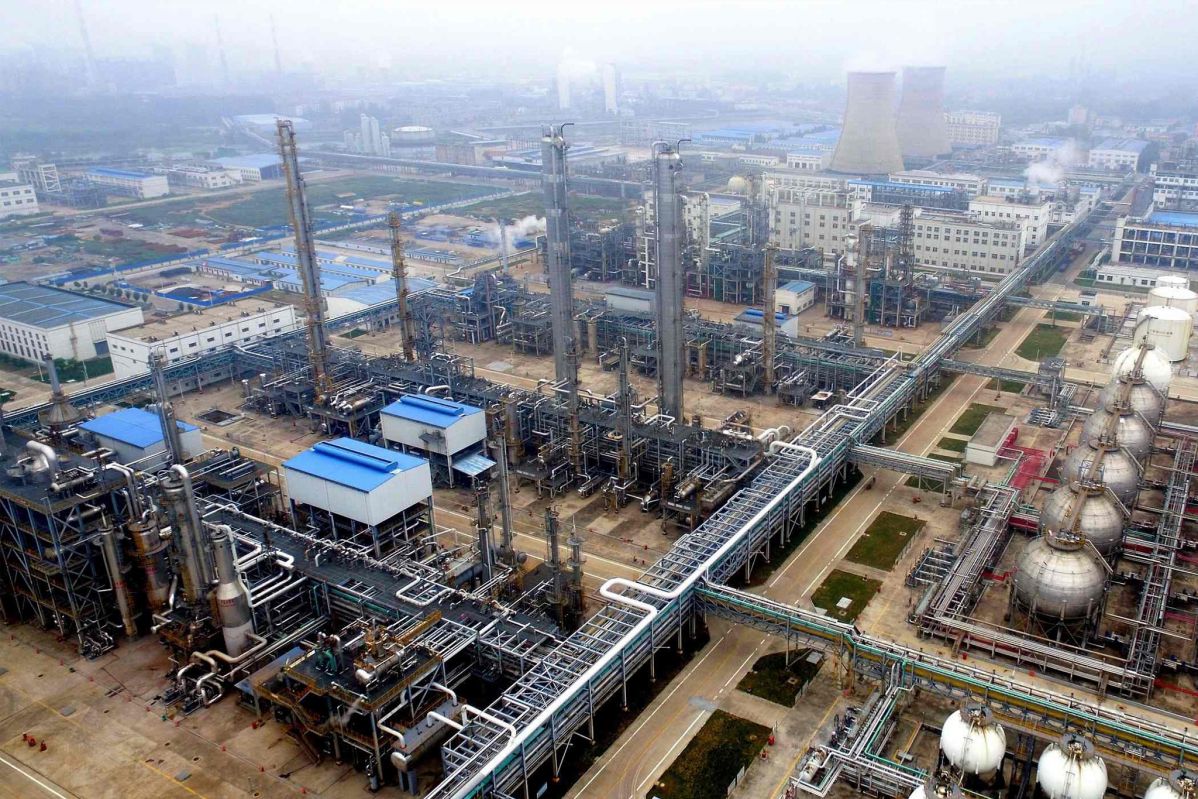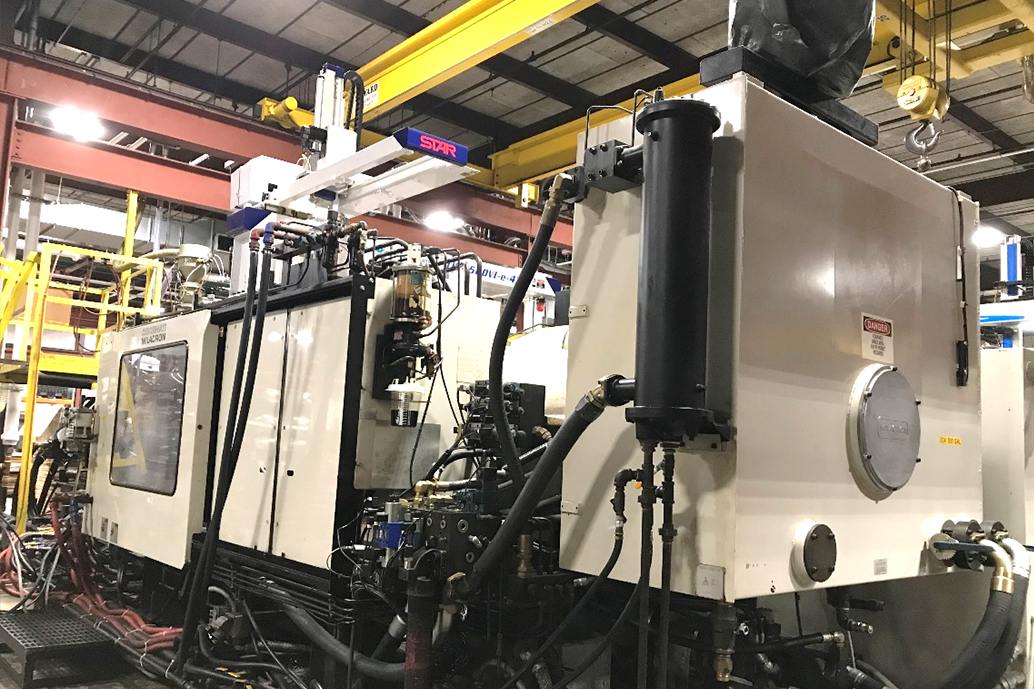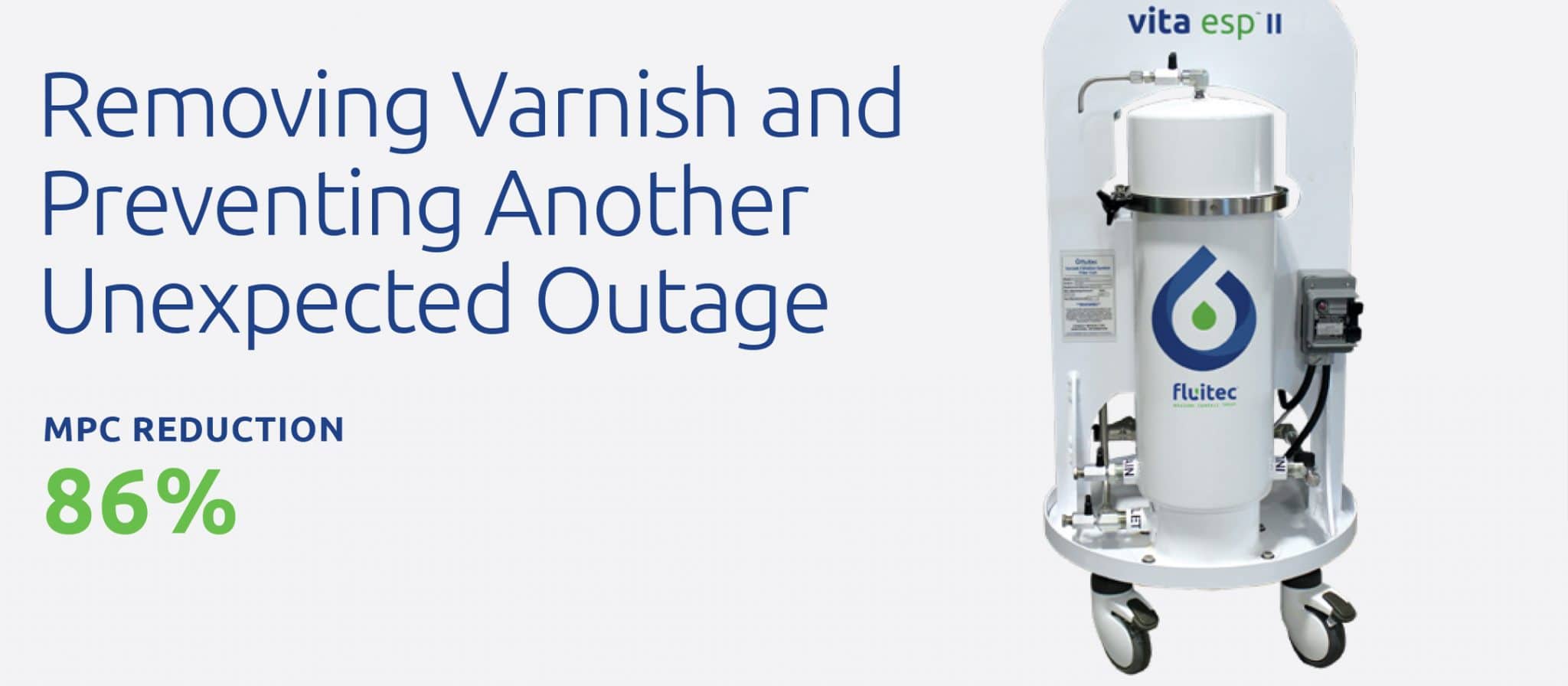
Power Generation
Problem
A large frame gas turbine had an unexpected outage due to failed seals. This resulted in seal oil leaking both into the generator and out of the shaft of the turbine on the ground. The plant had to shut down the gas turbine for 10 days during peak season. Inspection of the failed hydrogen seals showed significant mechanical damage as well as thick layers of Critical Varnish. Analysis of the oil also showed high varnish potential. The MPC values were 59.
Solution
Fluitec’s ESP™ (Electrophysical Separation Process) technology to remove oil degradation contaminants was installed.
Results
- Reduce MPC from 59 to 8 in 30 days
- Removed Varnish from hydrogen seals
- Prevented further shutdown
MPC Reduction 86%
Deeper Dive
Along with the installation of new hydrogen seals, the plant also installed Fluitec’s ESP unit. The varnish potential of the oil was reduced from an MPC value of 59 to 8 in less than a month. As a preventative measure, the plant installed ESP units on their second gas turbine and steam turbine, restoring the varnish potential to normal ranges.
FIG. 1 -The Membrane Patch Colorimetry (MPC) test is run according to ASTM D7843. It measures the varnish potential of a turbine oil. Fluitec’s ESP system was able to reduce the MPC value from 59 to 8, preventing another hydrogen seal failure due to varnish.
Summary
Hydrogen seal failures can be very costly to large frame gas turbine users. The problem can either begin with the installation of bolted seals or the increase of varnish in the turbine oil, both of which will lower the dynamic clearances in the seals. The best way to solve these problems is by taking both a mechanical and a chemical approach. Inspecting and correcting the seal clearances is an appropriate step to help mitigate this problem from a mechanical perspective.
Treating the condition of the oil is an appropriate step to take from a chemical perspective.
Fluitec’s ESP technology is a proven method of removing oil degradation products from turbine oil.


